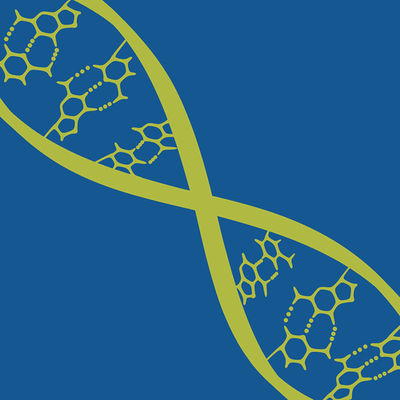Request Demo
Last update 08 May 2025
EGFL7
Last update 08 May 2025
Basic Info
Synonyms EGF like domain multiple 7, EGF-like protein 7, EGF-like-domain, multiple 7 + [9] |
Introduction Regulates vascular tubulogenesis in vivo. Inhibits platelet-derived growth factor (PDGF)-BB-induced smooth muscle cell migration and promotes endothelial cell adhesion to the extracellular matrix and angiogenesis. |
Related
2
Drugs associated with EGFL7Target |
Mechanism EGFL7 inhibitors |
Active Org.- |
Originator Org. |
Active Indication- |
Inactive Indication |
Drug Highest PhasePending |
First Approval Ctry. / Loc.- |
First Approval Date20 Jan 1800 |
Target |
Mechanism EGFL7 inhibitors |
Active Org.- |
Originator Org. |
Active Indication- |
Inactive Indication |
Drug Highest PhasePending |
First Approval Ctry. / Loc.- |
First Approval Date20 Jan 1800 |
6
Clinical Trials associated with EGFL7JPRN-JapicCTI-132078
Phase I Study of RO5490248 Alone and in Combination with Bevacizumab in Patients with Advanced Solid Cancers
Start Date01 Mar 2013 |
Sponsor / Collaborator |
NCT01399684
A Phase II, Multicenter, Randomized, Double-Blind, Placebo-Controlled Study Evaluating the Efficacy and Safety of MEGF0444A Dosed to Progression in Combination With Bevacizumab and FOLFOX in Patients With Previously Untreated Metastatic Colorectal Cancer
This is a Phase II, multicenter, randomized, double-blind, placebo-controlled trial designed to estimate the efficacy of MEGF0444A treatment to disease progression, combined with oxaliplatin + folinic acid + 5-Fluorouracil (mFOLFOX-6) + bevacizumab therapy in participants with metastatic colorectal cancer (CRC).
Start Date01 Nov 2011 |
Sponsor / Collaborator |
EUCTR2011-000711-85-CZ
A PHASE II, MULTICENTER, RANDOMIZED, DOUBLE-BLIND, PLACEBO-CONTROLLED STUDY EVALUATING THE SAFETY AND EFFICACY OF MEGF0444A IN COMBINATION WITH CARBOPLATIN, PACLITAXEL ANDBEVACIZUMAB IN PATIENTS WITH ADVANCED OR RECURRENT NON-SQUAMOUS NON-SMALL CELL LUNG CANCER WHO HAVE NOT RECEIVED PRIOR CHEMOTHERAPY FOR ADVANCED DISEASE
Start Date17 Oct 2011 |
Sponsor / Collaborator |
100 Clinical Results associated with EGFL7
Login to view more data
100 Translational Medicine associated with EGFL7
Login to view more data
0 Patents (Medical) associated with EGFL7
Login to view more data
255
Literatures (Medical) associated with EGFL706 Apr 2025·Zhonghua yu fang yi xue za zhi [Chinese journal of preventive medicine]
[Identification of endothelial cell key genes associated with pathogenesis and invasion of human venous malformations using single-nucleus RNA sequencing-based co-expression network analysis].
Article
Author: Fang, B ; Lin, J J ; Yuan, C J ; Zhang, M J ; Jiao, W T ; Chen, C K ; Wang, W Q ; Qiao, J B ; Liu, W B ; Feng, X J
01 Feb 2025·Pharmacology & Therapeutics
EGFL7: An emerging biomarker with great therapeutic potential
Review
Author: Schmidt, Mirko H H ; Fabian, Carina ; Mahajan, Sukrit
17 Dec 2024·Biological Chemistry
Structure, function, and recombinant production of EGFL7
Review
Author: Schmidt, Mirko H. H. ; McDonald, Brennan
Analysis
Perform a panoramic analysis of this field.
login
or

AI Agents Built for Biopharma Breakthroughs
Accelerate discovery. Empower decisions. Transform outcomes.
Get started for free today!
Accelerate Strategic R&D decision making with Synapse, PatSnap’s AI-powered Connected Innovation Intelligence Platform Built for Life Sciences Professionals.
Start your data trial now!
Synapse data is also accessible to external entities via APIs or data packages. Empower better decisions with the latest in pharmaceutical intelligence.
Bio
Bio Sequences Search & Analysis
Sign up for free
Chemical
Chemical Structures Search & Analysis
Sign up for free


